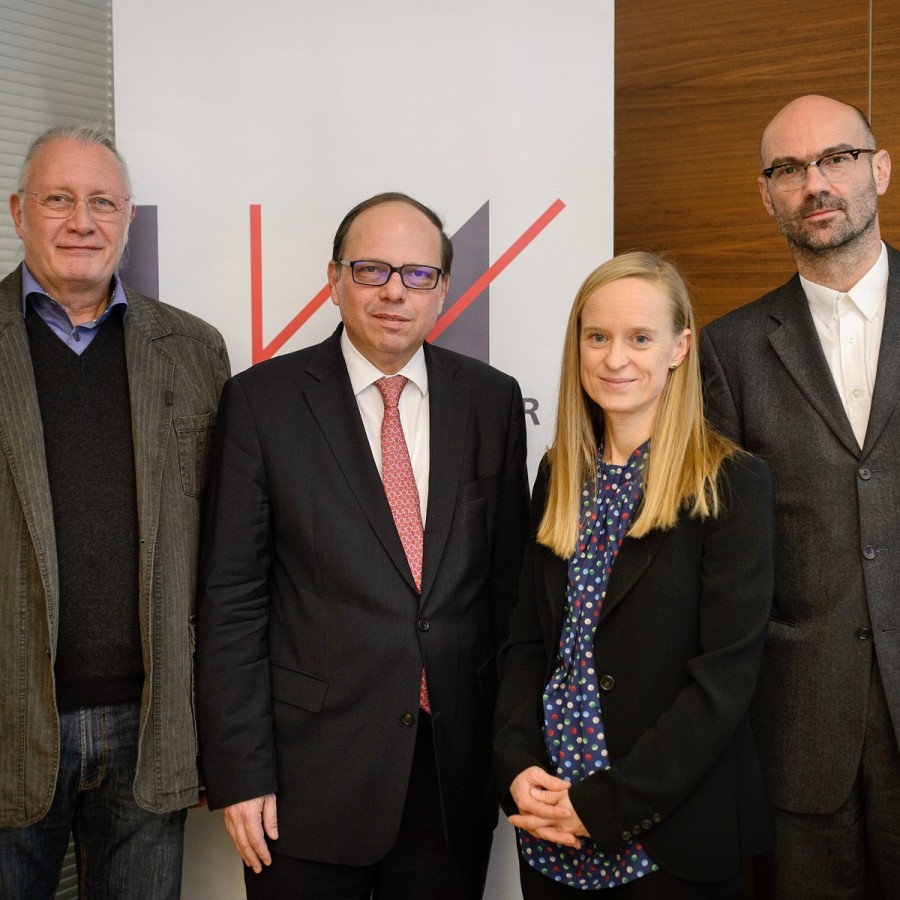According to the authors of the study Ulrike Famira-Mühlberger, Matthias Firgo and Gerhard Streicher, the medical time for patients will increase due to the ageing of society. "While 22 percent of the medical time spent in hospitals today is spent by the over-85 age group, this share will increase to 34 percent by 2050," emphasized Ulrike Famira-Mühlberger, Deputy Director of WIFO, at a press conference of the Vienna Medical Association and WIFO on 5 December 2019.
A core topic of the WIFO study is the expected gap between future supply and demand of physicians. According to Gerhard Streicher, this gap is quite striking and is estimated one tenth of demand by 2050, even with the most optimistic assumptions. It is highest for general physicians at one third.
Vienna will be confronted with significant demographic change in the coming decades. While in 2018 the proportion of over 80-year-olds accounted for 5 percent of the population, it will increase to 11 percent by 2050. Expressed in absolute figures, this means an increase in the number of over-80s from currently almost 500,000 Austrians to more than one million. In the future, doctors will be confronted to a greater extent with questions of geriatrics (e.g. multimedication, multimorbidity).
For President Szekeres of the Medical Association, the study results are a signpost for the future development of the medical care structure in Vienna: "We see from this the future need for doctors for Vienna in connection with an ageing population, which will also require an increased level of care due to multimorbidity. In order to maintain the excellent status quo of our health care system, Vienna already lacks around 300 hospital doctors and 300 health insurance posts".
Michael Junker, physician in the acute geriatrics and remobilisation department in the SMZ-Süd, sees an urgent need for an expansion of acute geriatrics in all Viennese hospitals "on the basis of the study results and my many years of practical experience and knowing the current state of Vienna's geriatric patient care".
Further information (in German) and photos of the press conference can be found here.





